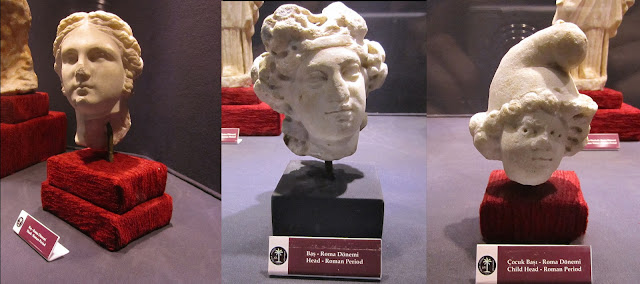Tabii ki heykeller, heykeller...Lütfen müzenin korkunç pembe duvarlarını gözardı edin olur mu?
--------------------
Of course sculptures, sculptures...Please ignore the horrible pink walls of the museum will you?
Gerçek insan ölçeğinden daha büyük bir heykelin parçası, neredeyse soyut diyebileceğim bir portre olmuş . Keşke tamamı bulunsaymış. (Roma Dönemi)
-----------------
A piece of a bigger-than-life-size statue, almost may be called an abstract portrait. Wish the total statue had been found. (Roman Period)
Yetişkin bir insanda başın tüm gövdeye oranı idealde 1e 8 olmalıdır. Bu heykelde oran 1e 5 gibi kaldığı için "koca kafalı" tanımına layık bir durum oluşmuş. Baş ile gövde arasındaki çizgiyi farkettiniz mi? Antik dönemde belli bir noktadan sonra (MS 2.-3. yy olsa gerek) heykellerin seri üretimine geçilmişti. Artan talepleri karşılamak için standart heykel gövdeleri hazırlanıyor, müşteri geldiğinde ise sadece baş kısmı kişiye özel yontuluyordu. Böylece bitmiş bir heykele kavuşmak için birkaç hafta beklemek yetiyordu. (Rahip heykeli)
----------------
For an adult the proportion of head to the whole body should be around 1/8 ideally. For this sculpture the proportion is 1 to 5, therefore the condition is aptly defining "big headed". Did you notice the line between the head and the body? After a certain point in antiquity (around 2.-3. centuries i guess) the mass production of sculptures started. To answer the raising demands, the bodies were being carved as standard types and only the heads were being customized according to the client. Thus it was enough to wait a couple of weeks to have a finished statue. (Priest statue)
Antik dönem heykellerini tarihlemek için kullanılan yöntemlerden biri de saç stilleridir. Günümüzden pek de farklı olmayan bir biçimde her yirmi yılda bir saç şekillerinin kesin olarak değiştiği bilinmektedir.
---------------
One of the methods used to date antique sculptures is the hair styles. Not much different from our day, it is a known fact that every twenty years the styles were changing abruptly.
Bu büstlerin en büyüğü 5cm civarındaydı. Küçük olmalarına rağmen oldukça detaylı çalışılmışlar.
-------------
The biggest of these portraits were around 5cm. In opposition to their small size they were carved with great detail.
Yaşadığım yer olan Bornova'nın kuruluş öyküsünde Amazonlar da yer alıyor. İyi ok ve yay kullanabilmek için bir göğüslerini yaktıkları bilinen savaşçı kadınlardı. Heykelde de sol gögüs yok. (MÖ 4. yy)
-----------------
In the foundation myths of Bornova, the place where i am living, Amazons also have a part. They are known as warrior women who burned one of their breasts to master the use of bow and arrow. The statue does not have the left breast.( 4th century BC)
Eritilip tekrar kullanılabildiği için tunç heykellerin çok az örneği günümüze ulaşabilmiştir. Bu heykel de İzmir'in kuzeyinde Aliağa yakınlarında bulunan Kyme antik kentinin limanında açığa çıkartılmıştır. Antik dünyada Olimpiyatlar sadece erkeklerin katılabildiği bir etkinlikti. İnsan vücudunun başarısını göstermek amacıyla atletler çıplak yarışıyorlardı. Birinci gelenlere zeytin dalından yapılmış bir taç armağan edilir ve zaferlerini ölümsüzleştirmek için heykelleri yapılırdı. Çok az sayıda kent olimpiyat düzenleme hakkına sahipti. Kyme, İon kentleri içinde önemli bir yere sahip olduğu için bu hakkı elde edebilmişti. (MÖ 30-50)
-------------
As bronze was easily melted and reused, few bronze sculptures had survived from antiquity. This statue was found in Kyme ancient city harbour, towards the north of Izmir Aliağa. During this period only men were accepted to the Olympics. In order to show the success of the human body, the athletes would race naked. The winners were being awarded with an olive branch crown and to immortalize their victory sculptures would be carved. Very few cities had the right to run Olympics. Kyme, being an important city in the Ionian league, had gained this privilege. (30-50 BC)









Hiç yorum yok:
Yorum Gönder
Merhaba. Zaman ayırıp düşüncelerinizi paylaştığınız için teşekkür ederim. Yorumlarınız benim için önemli :)
----------------
Hello. Thank you for making the time to share your ideas. Your comments are important for me :)